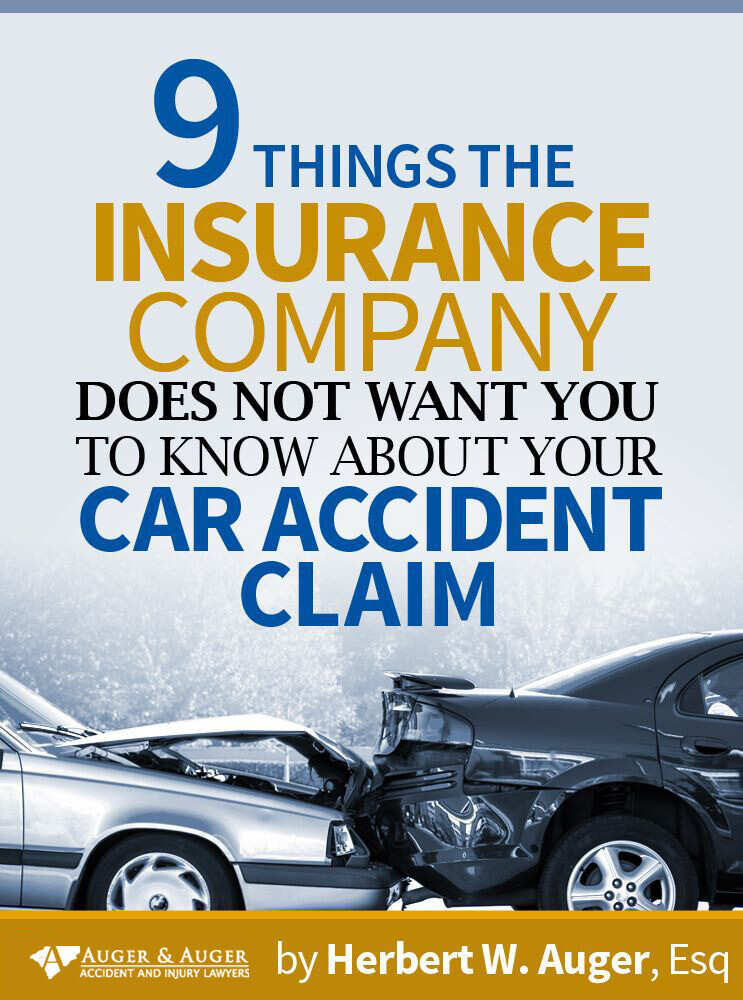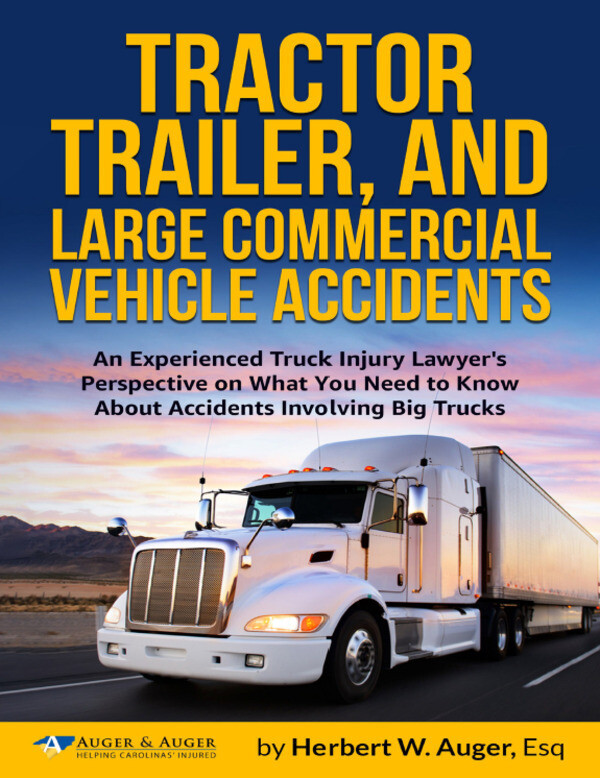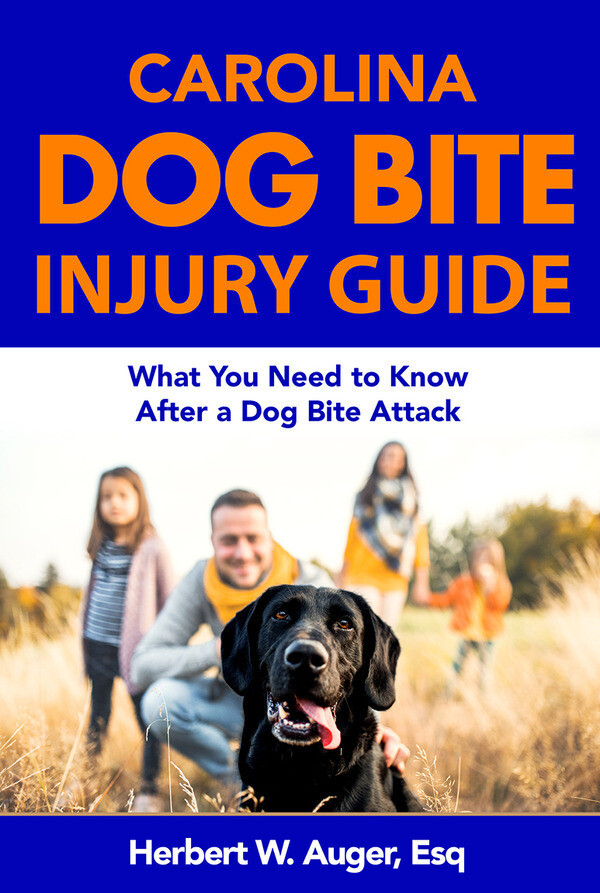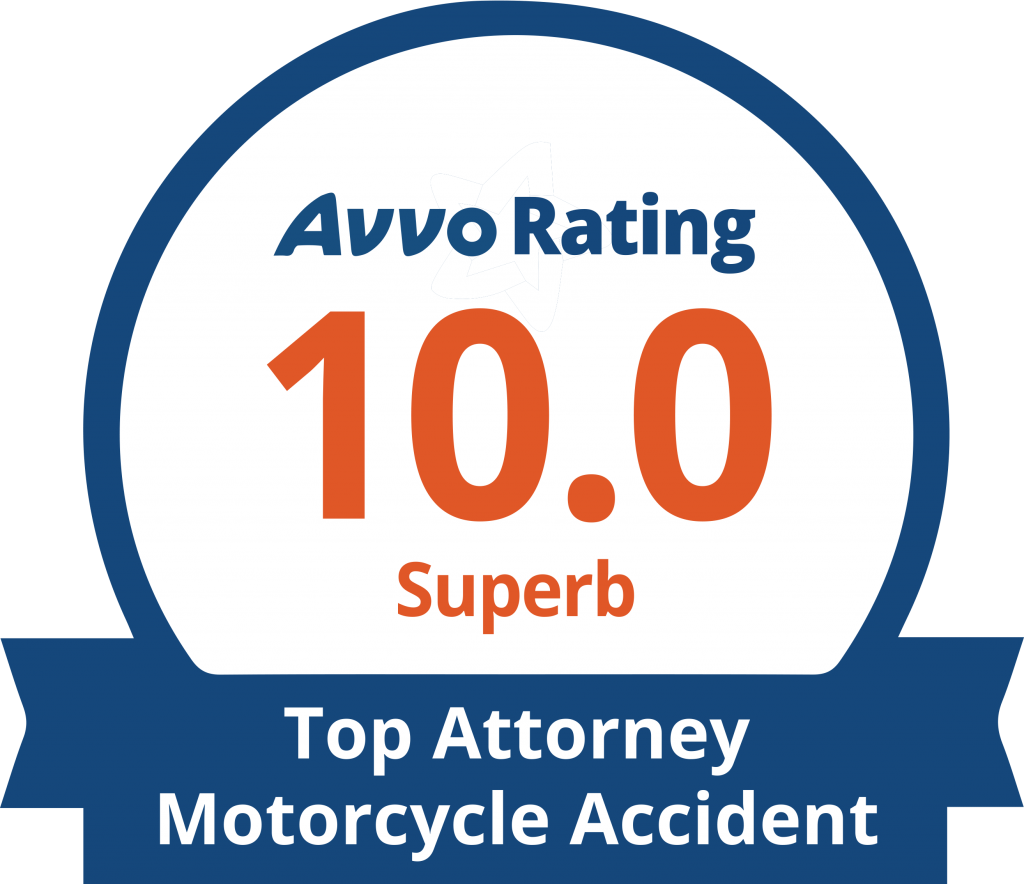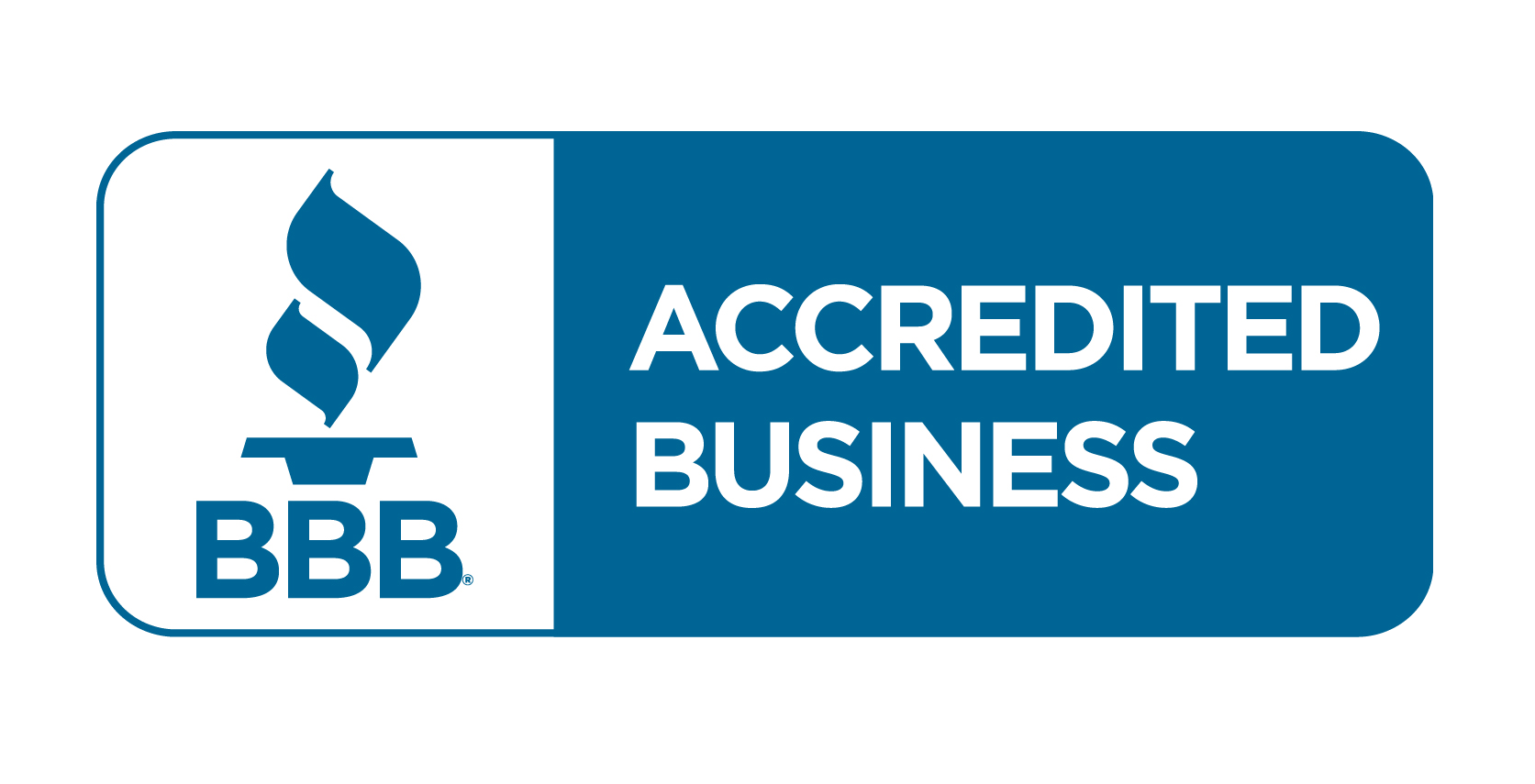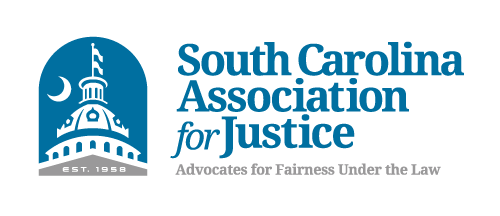Columbia Golf Cart Accident Lawyer
With over four decades of combined personal injury experience, the law firm of Auger & Auger Accident and Injury Lawyers has seen thousands of injuries — and we understand just how life-changing they can be. When it comes to golf carts, we have discovered that people don’t always take these small vehicles as seriously as they should. Driver inexperience, horseplay, and driving while intoxicated can all contribute to collisions. We have a Columbia golf cart accident attorney ready to represent you, whether your incident occurred on or off the green.
Golf carts are often seen as a toy — especially by teenage drivers who are now hitting the streets in higher numbers than ever before—driving close to the maximum speed and taking a hard left causes passengers to be thrown from the vehicle. Teenagers and other operators must know these risks before taking the wheel. The leading two causes of the most severe injuries are roll-over and passenger ejection.
Golf Cart Dangers in Columbia, SC
You’ll notice that we mentioned ‘passenger ejection’ yet haven’t mentioned the driver. It wasn’t an oversight. When a sharp left turn and speed combine to cause an accident, the driver has two things in their favor; the steering wheel and centrifugal force. Force will pull both riders to the right side of the cart, but the driver has the wheel to grip. When golf carts are not equipped with seat belts, there may be nothing to hold the passenger in place.
It’s a reasonable assumption that the passenger can reach out and grab the hip restraint to keep themselves from being ejected. That said, the manufacturer-installed hip bars may actually be too short to keep a person inside. In fact, a hip bar or restraint can act as a fulcrum; i.e. the rider isn’t held in by the bar but rotated by it on their way out. A Columbia golf cart accident attorney is well aware that these ejections can lead to catastrophic injury and that safe driving is a key preventive.
Golf Carts and the Law
The legislature in South Carolina has enacted several laws pertaining to golf carts. When drivers understand these rules and regulations, they are more likely to operate safely. Section 56-2-105 specifies that carts can only be operated during daylight hours. Other interesting points to note:
- A driver must be at least 16 years old.
- The driver must have a valid driver’s license.
- Golf carts must have a permit that is renewed every five years.
- Golf carts are only permitted on paved roads and drives where the posted speed limit is 35 mph or less.
- If the vehicle is operated on a highway or street, it must be covered by liability insurance.
- Local governments are permitted to adopt stricter ordinances than what is listed in the state code.
For those drivers who would like to take these low-speed vehicles more seriously, DuPont offers an online course that focuses on safety. It isn’t required by law, but it probably should be; operating a golf cart is a responsibility that should not be taken lightly.
Golf Cart Safety
Remembering that a golf cart can cause injury and, in some cases, even death is a good first step to operating one safely. Many people think that because these vehicles don’t go over 35 MPH, they can’t do any damage, but this isn’t true. Here are some tips to help reduce the risk of accidents and injury:
- Study the user manual so you can understand as much as possible about your particular model of the golf cart.
- If you’re purchasing your own cart, look for a model that comes with seatbelts.
- Don’t overcrowd your golf cart with passengers, as this increases the risk of it flipping. The user manual may have specific limits for how many people you can carry or how much weight the cart can handle, but generally, one passenger in front and 2-3 in the back is plenty. If anyone else needs a ride, offer to come back for a second trip.
- Keep all limbs inside the cart at all times, and make sure your passengers do the same. One common kind of injury that happens with golf carts involves an arm or foot getting caught on or hitting something outside the cart. Many people have broken ankles because they let their foot hang outside the cart and it smashed into something as the cart went by.
- Check on the direction selector before hitting the accelerator to make sure you go in the direction you intend.
- Take turns and curves slowly. Even if you feel that you’re already going at a sedate pace, it’s a good idea to slow down before turning. Frequently golf carts flip because the driver takes a turn too fast.
- Before you go in reverse, turn and look behind you, even if your cart has mirrors. A person walking might not be visible in your mirror at the particular time you look in it, but by turning around, you can scan the horizon.
- Make sure to yield whenever you see a pedestrian.
- If you’re lucky enough to have a golf cart with seatbelts, use them every time, and ask your passengers to do the same.
- Consider your golf cart to be a smaller version of your car or personal vehicle – don’t text and drive, and don’t drink and drive. Distracted or intoxicated driving can be just as dangerous on a golf cart.
- Passengers standing on the golf cart or horsing around are at increased risk of injury. Standing can also make the cart more likely to flip.
- Kids are often enthusiastic about riding on golf carts, but they’re not very safe for children. It’s better to avoid carrying kids on golf carts, but if you do, they should be placed in the back seat between two adults to reduce the risk of falling out. Even this may not prevent the child from being ejected in an accident, so consider other options for transporting young children around.
- If you find yourself on uneven surfaces or rocky ground, slow down, and try to avoid these areas when possible.
- Avoid sharp slopes, and make an effort to control your speed when going downhill. However, try not to stop too suddenly, as this can also cause the cart to flip.
- Don’t forget to engage the parking brake when you’re done – a rolling golf cart with no driver is also dangerous.
What If You Were Hurt in a Golf Cart Accident – Is the Driver at Fault?
Possibly. There are several things to consider when trying to get your medical costs and other damages paid after a golf cart crash. First, we recommend speaking with a Columbia golf cart accident attorney in a free consultation. They will ask you some questions about your accident and injuries to help determine who might be liable:
Where Did the Accident Happen?
If it was at a golf course or club, the business might be liable if they were negligent in some way that led to the accident. For example, if you crashed due to a hazard on the course, poorly kept grounds, or a mechanical malfunction on the golf cart, the golf club may have been negligent. However, if you crashed due to your own error, such as taking a curve too fast, that isn’t the golf course’s responsibility.
What if you signed a release saying the business that owned the cart wasn’t liable for your injuries? Most businesses that rent out golf carts require these, but they don’t necessarily mean you’re out of luck. Ask for a copy of this document – many release forms are not airtight, and depending on the situation and wording of the contract, you may still have a case if the club was negligent. Your attorney will look over the form and let you know your options.
If you were driving on a road and obeying all the rules for golf carts, but a car or other vehicle struck you due to the other driver’s negligence, you may have a case against that driver. Speak with a lawyer right away to find out more about your claim.
Who Was Driving?
If you were a passenger in the golf cart and suffered an injury, it’s possible that the driver is at least partly at fault, especially if the crash was caused by something they did – like speeding, forgetting to use the parking brake, not looking where they were going, etc. However, South Carolina uses modified comparative negligence statutes in personal injury cases; in some situations, the passenger may be found to have contributed to their own injuries. For example, if you were hanging off the side of the golf cart waving at people and your arm hit another golf cart, leading to a broken bone, you may be partly responsible. It may also be true that the driver was going too fast, got too close to the other cart, and made no effort to tell you to sit down and stop fooling around. What happens in a case like this?
If you went to court, the jury would be asked to assign a percentage of responsibility to both you and the driver. These percentages can be any two numbers that add up to 100. So the jury might decide that the driver was 60 percent at fault for driving carelessly, but you were 40 percent at fault for hanging off the cart carelessly. Can you still seek compensation from the driver? Yes, but your award will be reduced by your percentage of fault, so you will only receive 60 percent of what you would have otherwise.
Most cases settle out of court, but your perceived percentage of fault will still be crucial to negotiating a settlement. In other words, if the driver and their attorney believe you’re likely to win a sizable judgment in a court case, they will be more willing to make a deal that meets your needs for compensation.
If you were a pedestrian hit by a golf cart, the driver might be at fault. However, in some situations, the cart may have malfunctioned due to lack of maintenance or a faulty component, making a third party negligent. These situations can be confusing, but your attorney will help you sort out who to make a claim against.
Often people tell us that the other driver made an error, but they can’t prove it. This could be a problem if they file a claim with the insurance company, but it isn’t always a permanent one. Sometimes our investigative staff can uncover evidence in the client’s favor, such as video of the crash or witnesses the client didn’t even know about. If you’re having a hard time getting your claim paid, please contact a lawyer for a free evaluation.
What if you were driving? If you own the golf cart and drive it on public roads, you should have liability insurance on it, but this will only cover if you injure someone else or damage their property. However, in some situations, your homeowner’s insurance might cover your costs in the accident. Your lawyer will help you check to see if any insurance policy will cover your injuries.
Auger & Auger Is In Your Corner
Head injuries are the most common injury in passenger ejections and rollovers. A traumatic brain injury can cause a wealth of serious effects; a victim may lose memory, slip into a coma, or even be forced into a lifetime of assisted care. At Auger & Auger Accident and Injury Lawyers, our Columbia golf cart accident attorney believes that victims have an undeniable right to compensation.
If you or a loved one has been injured in such a collision, time is already ticking. The statute of limitation began as soon as the injury occurred. Our legal advocates are here for you and ready to fight for justice. We never want to add to your growing financial burden, which is why we offer clients our zero-fee guarantee. You don’t owe us anything unless we win your case.
Call (803) 470-5298 today for your free consultation, with no fees due until recovery!
